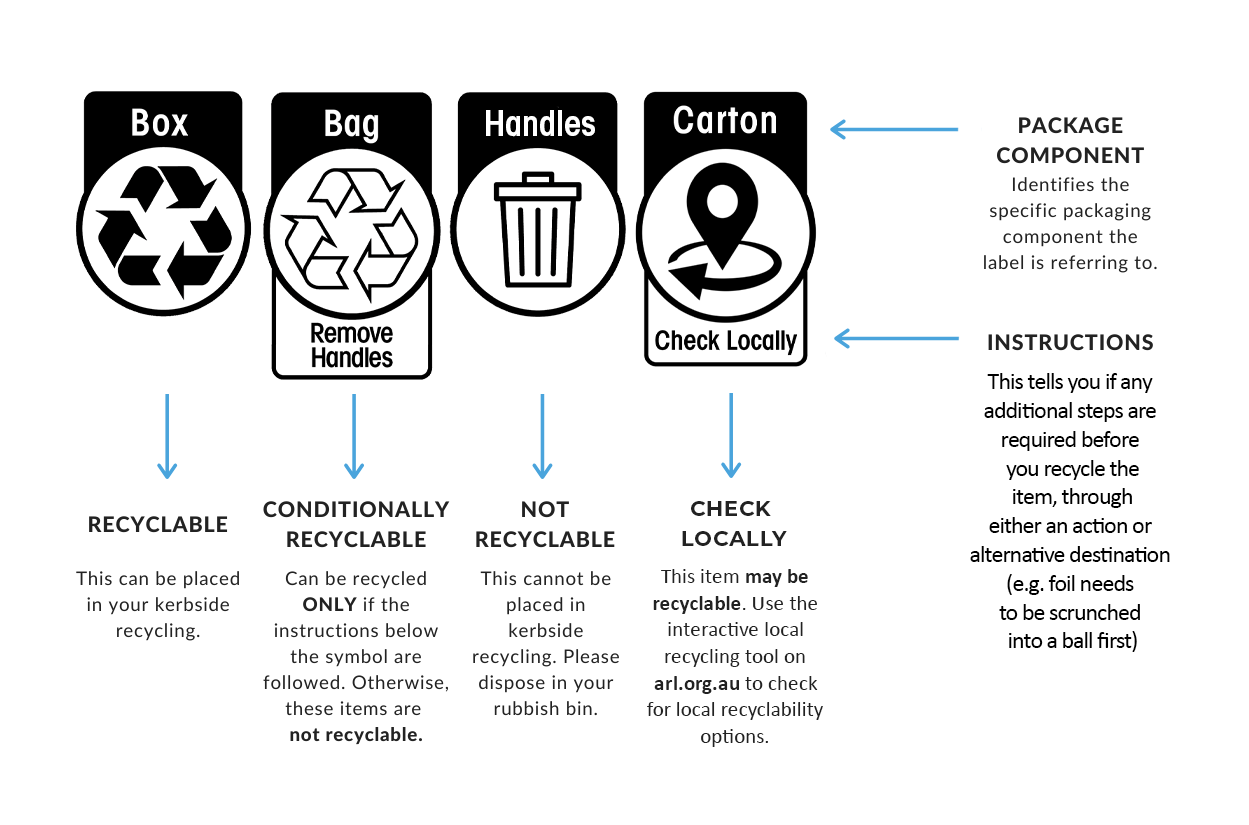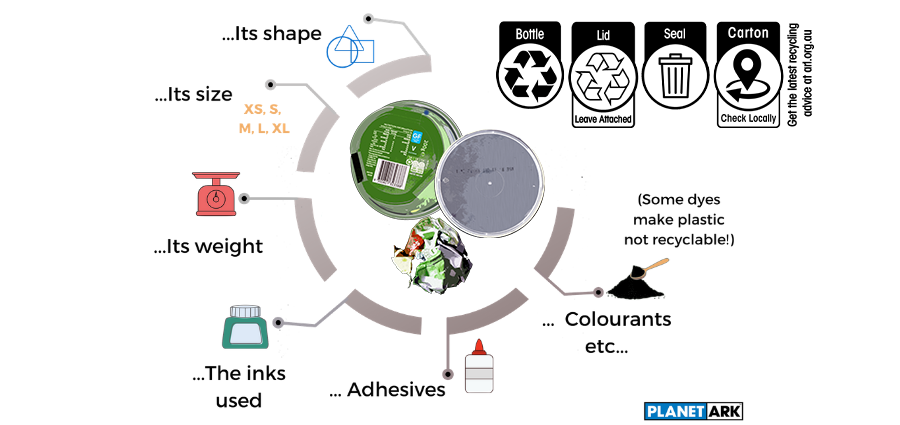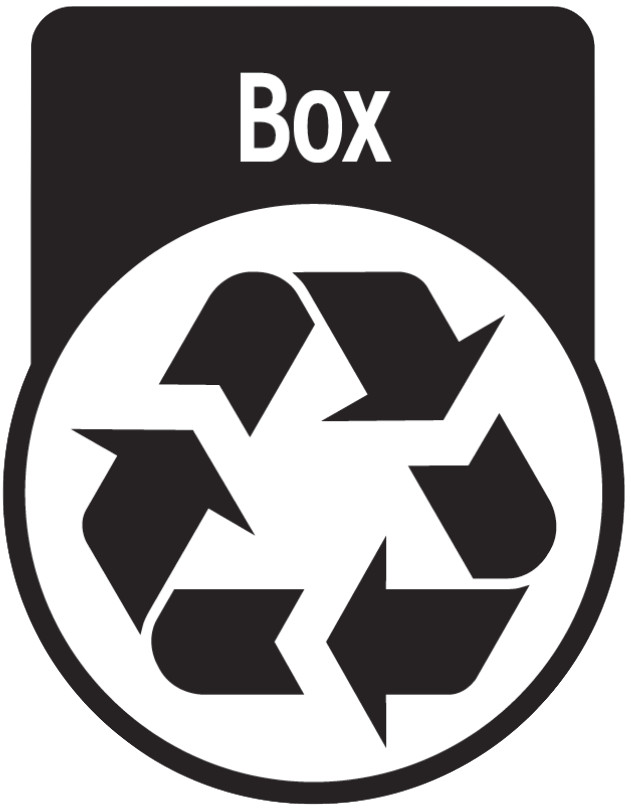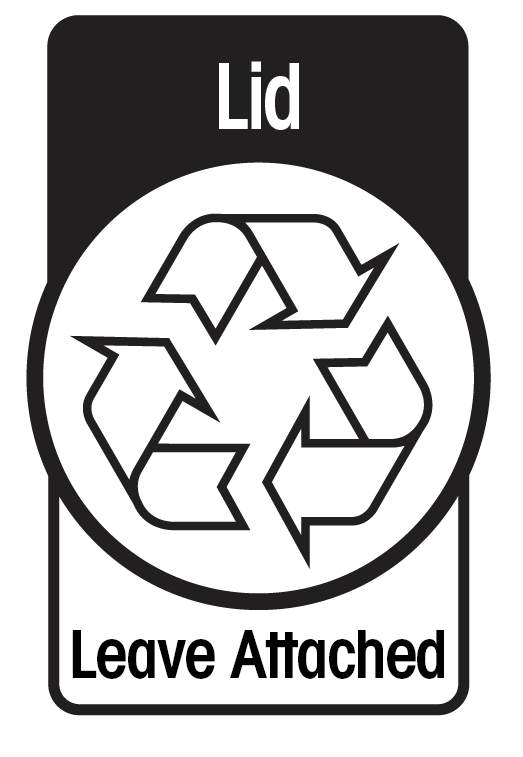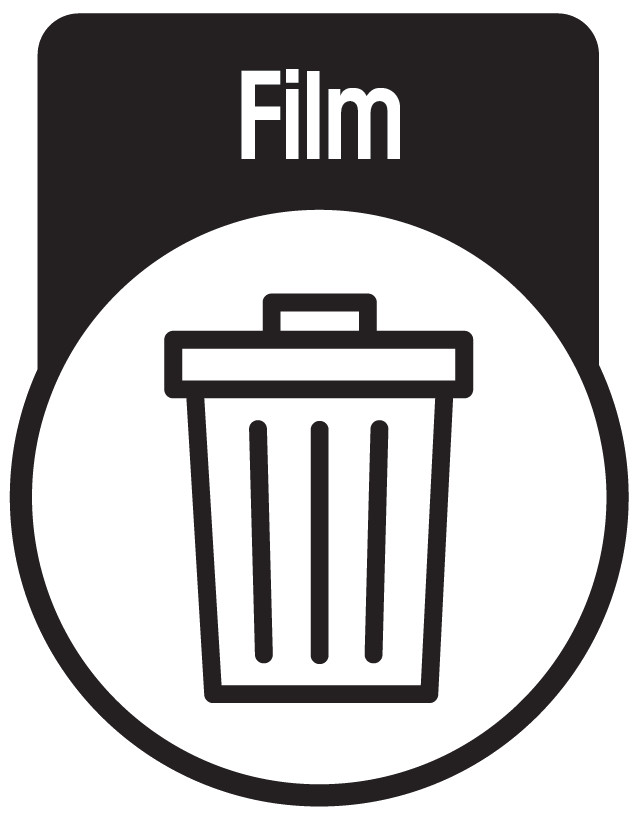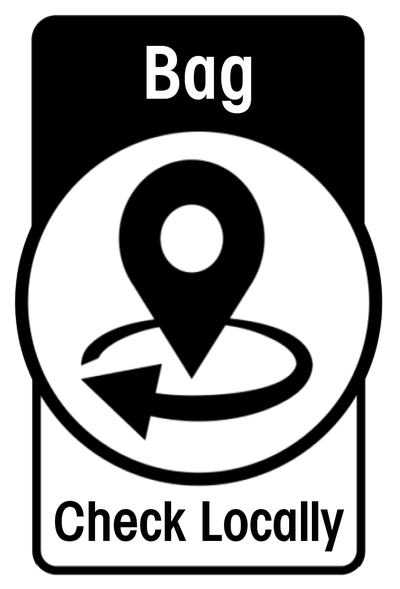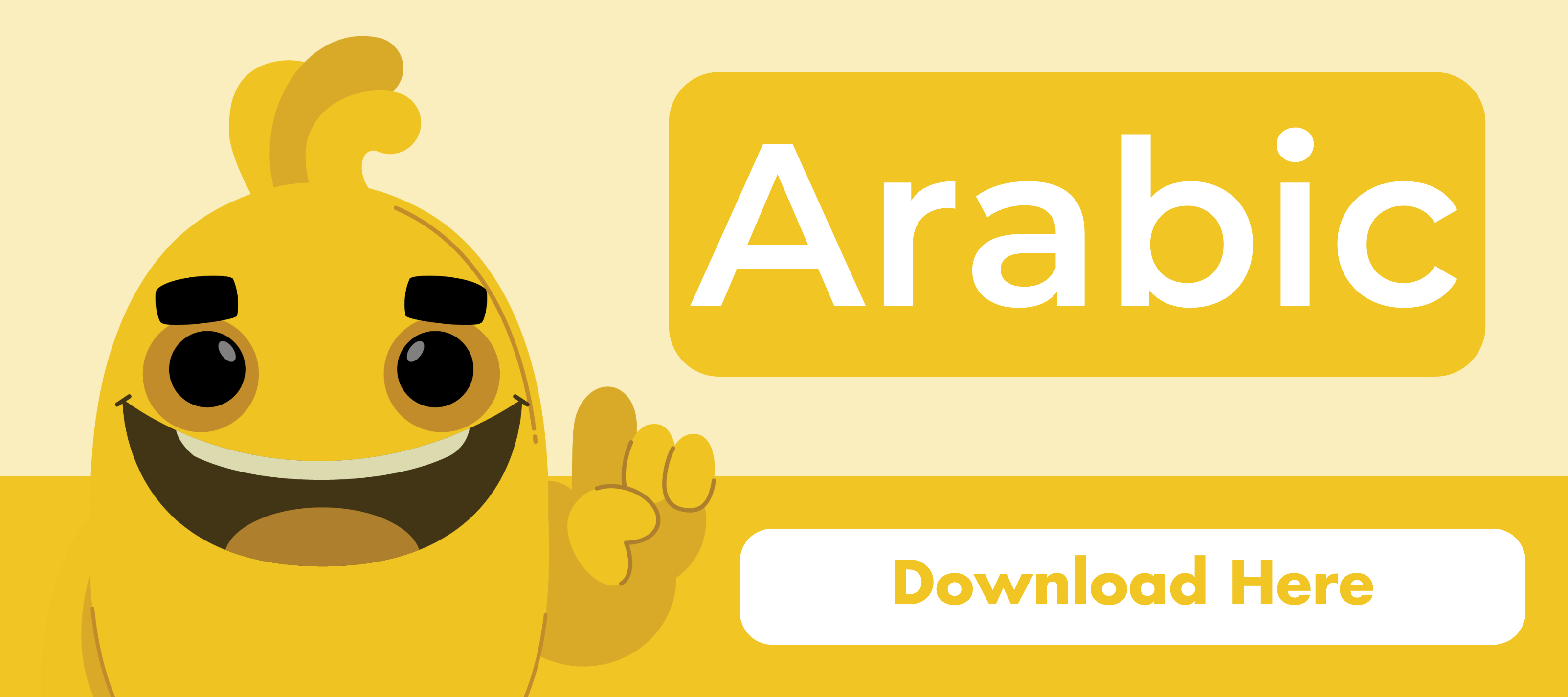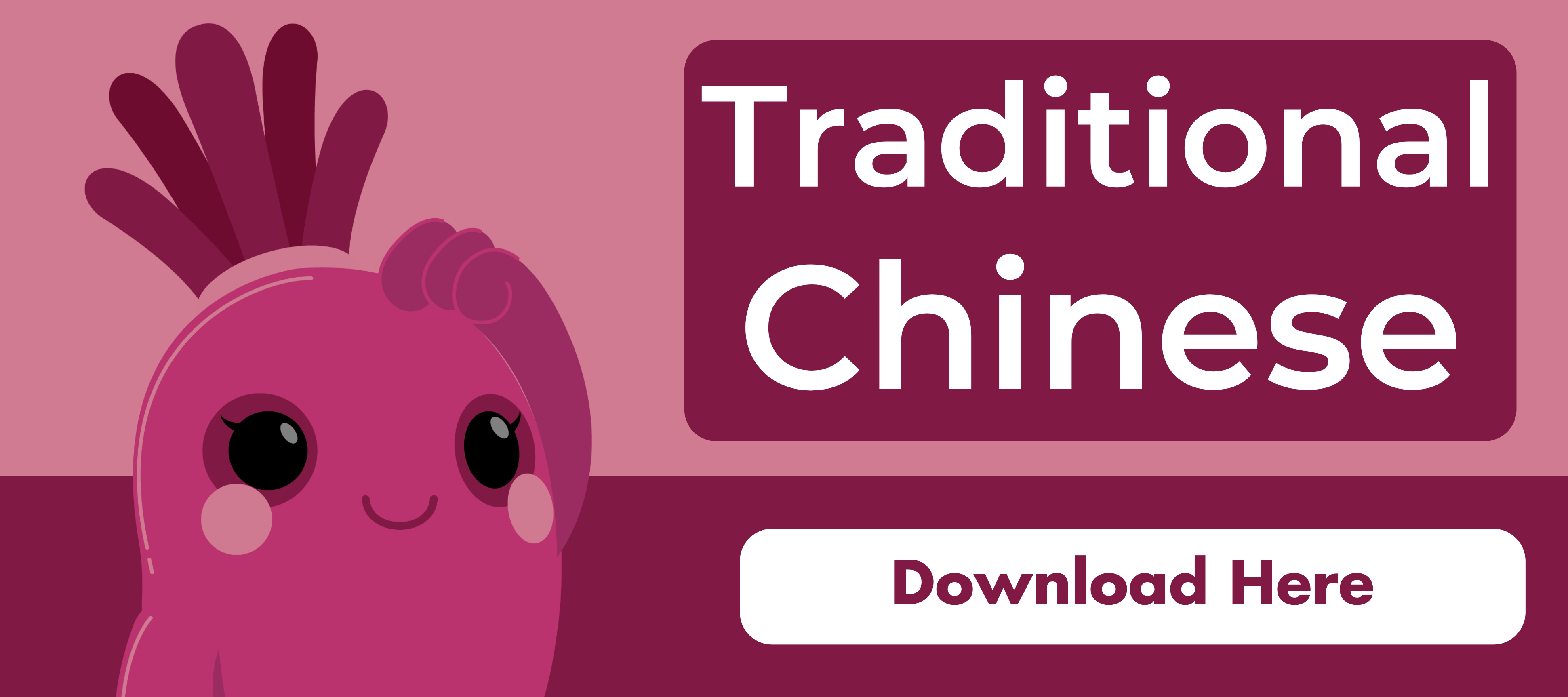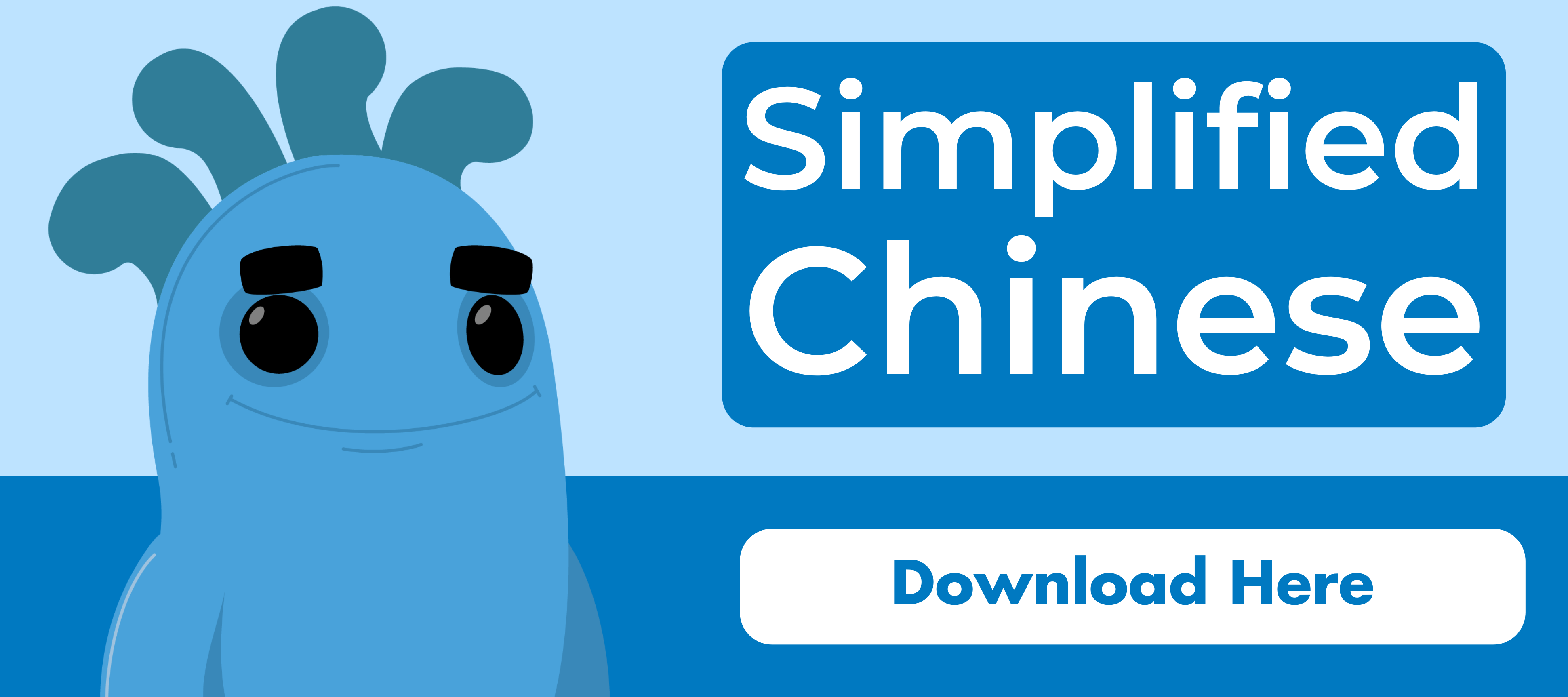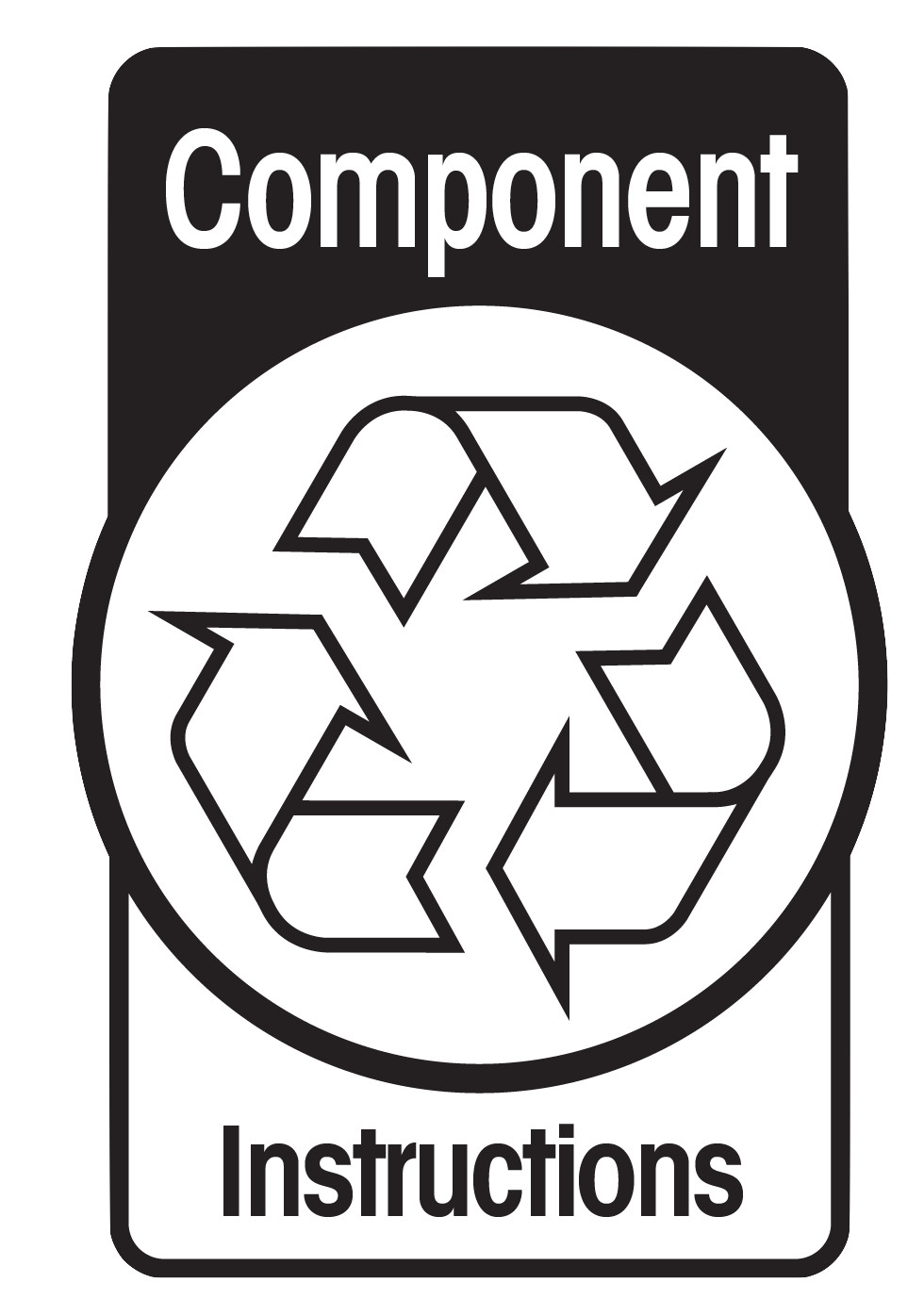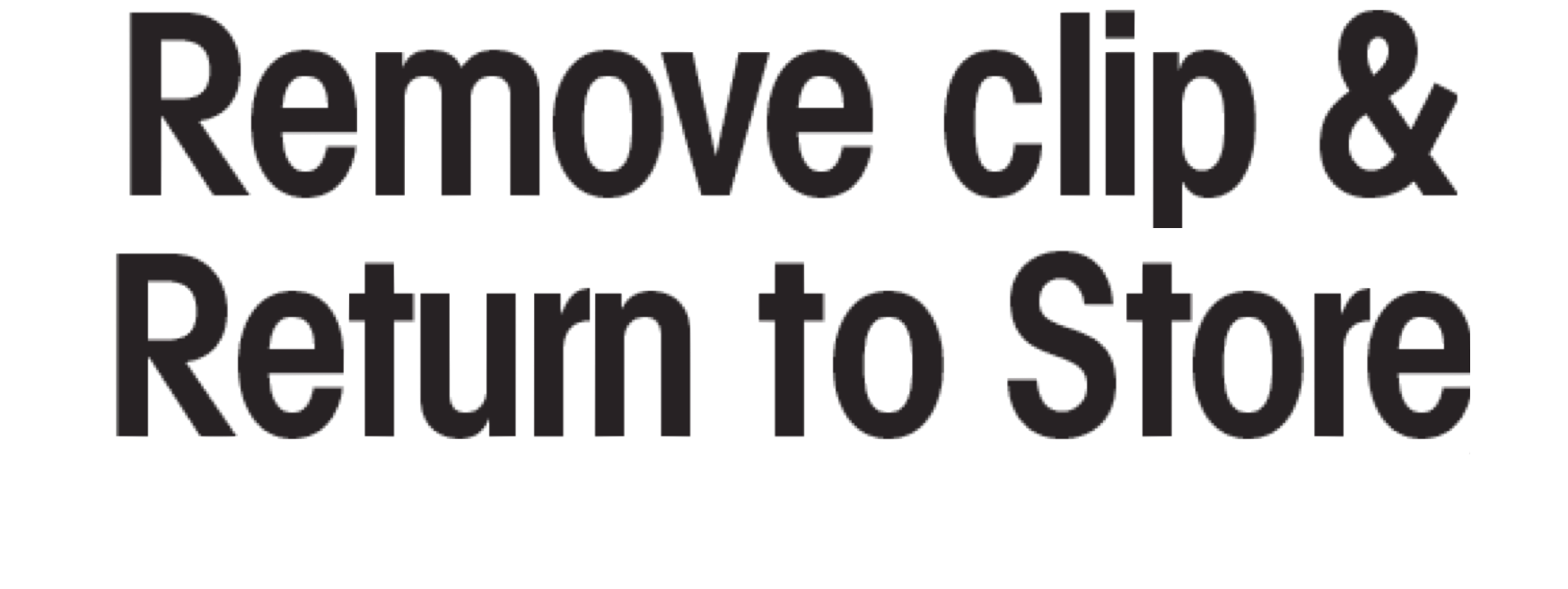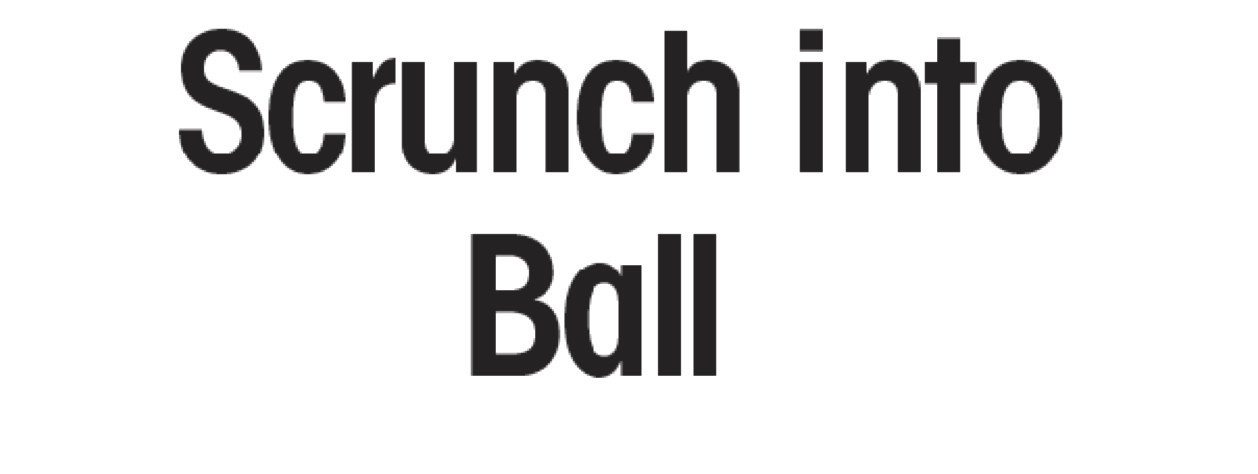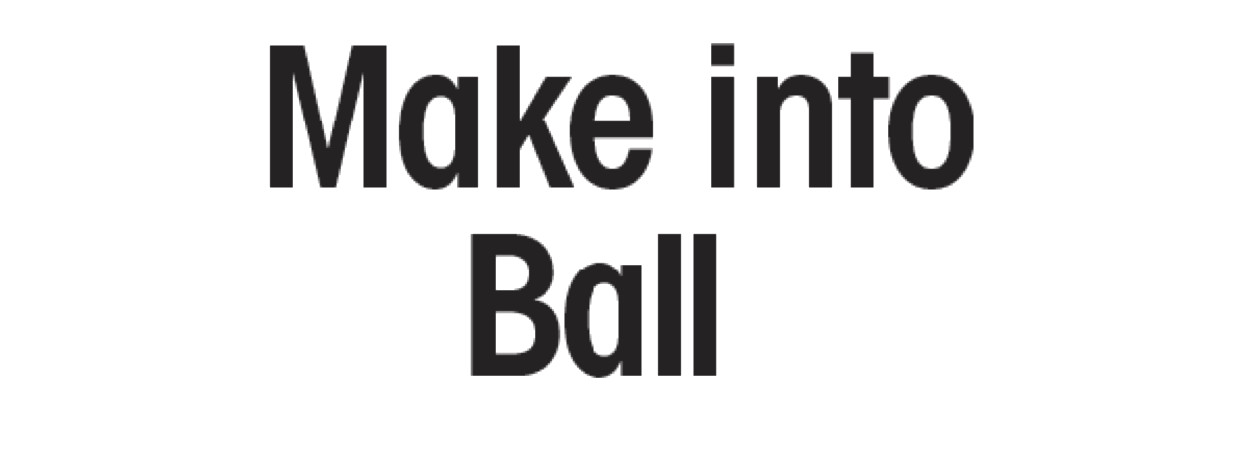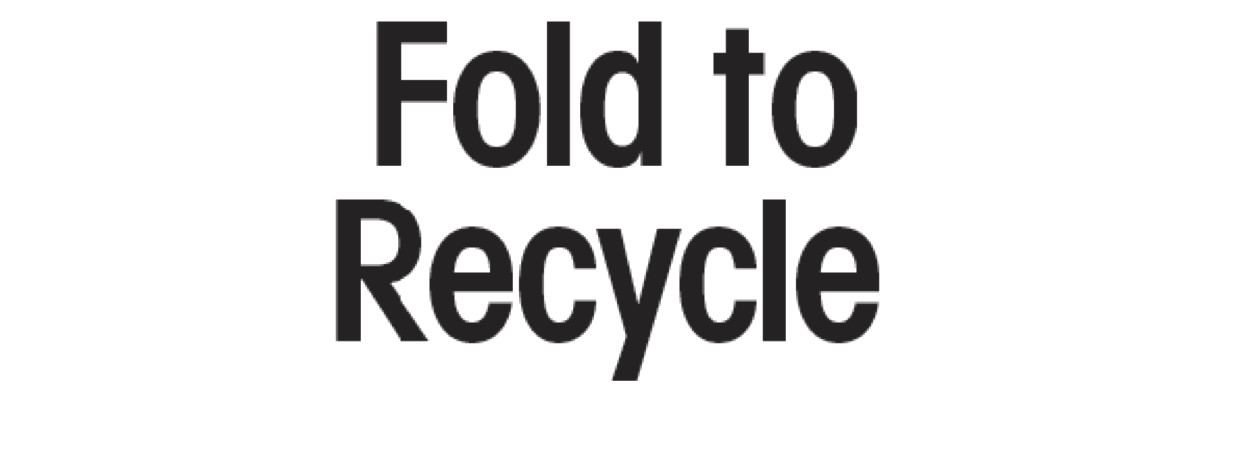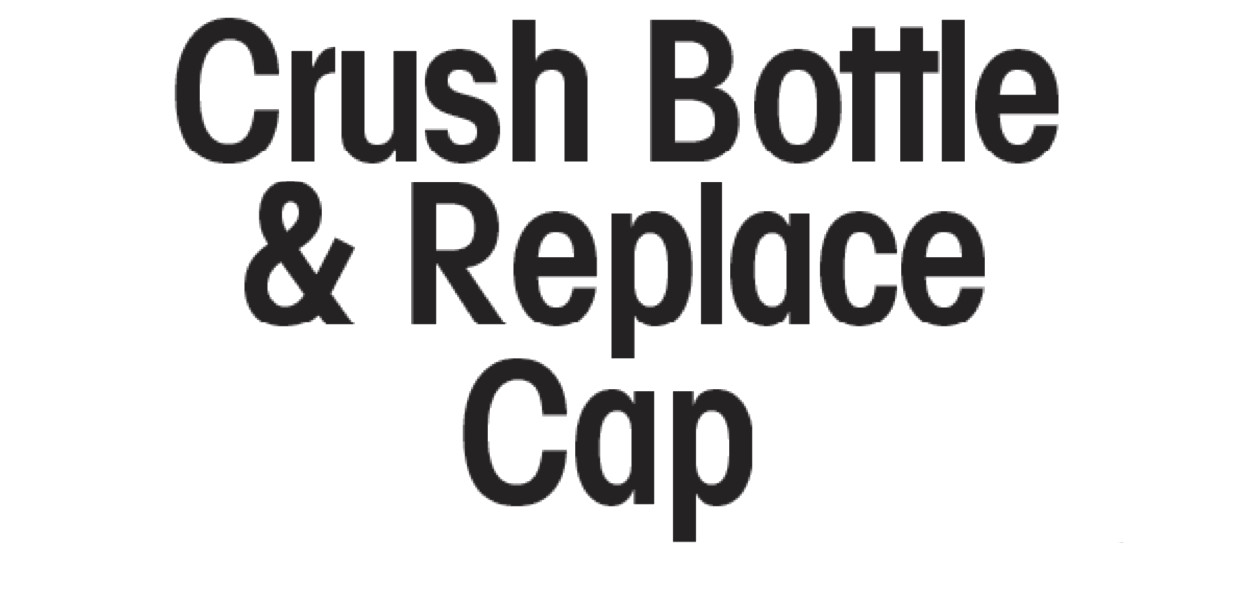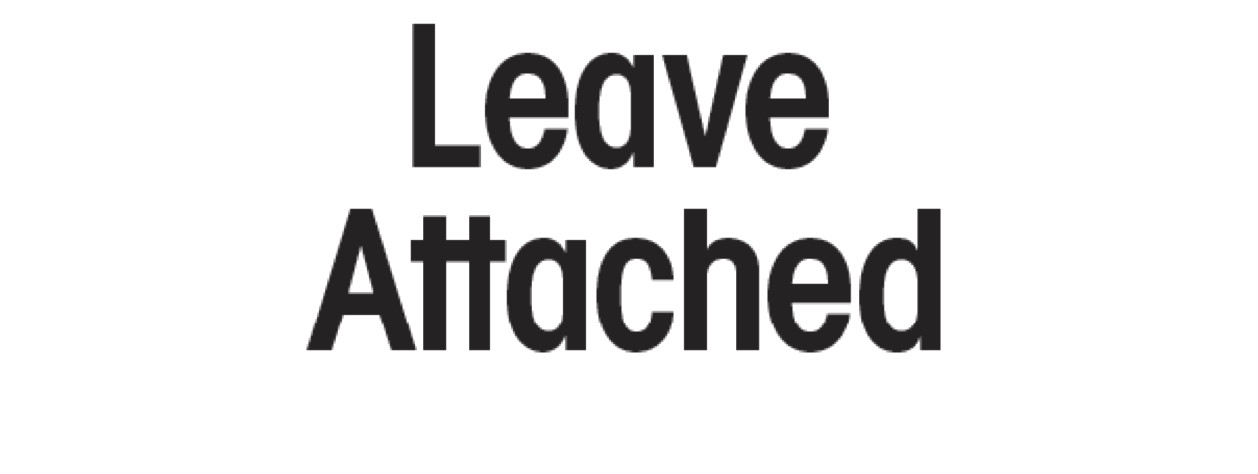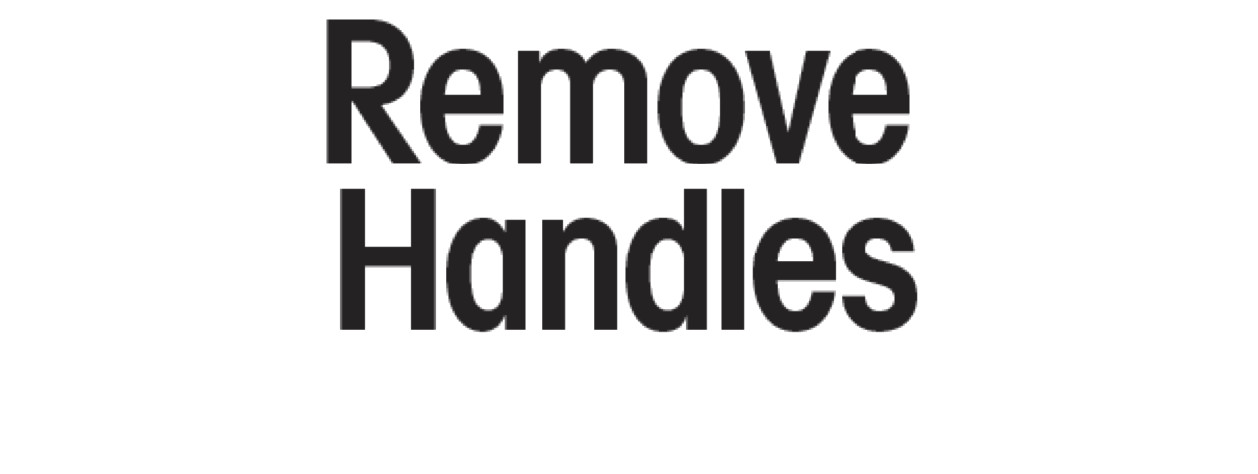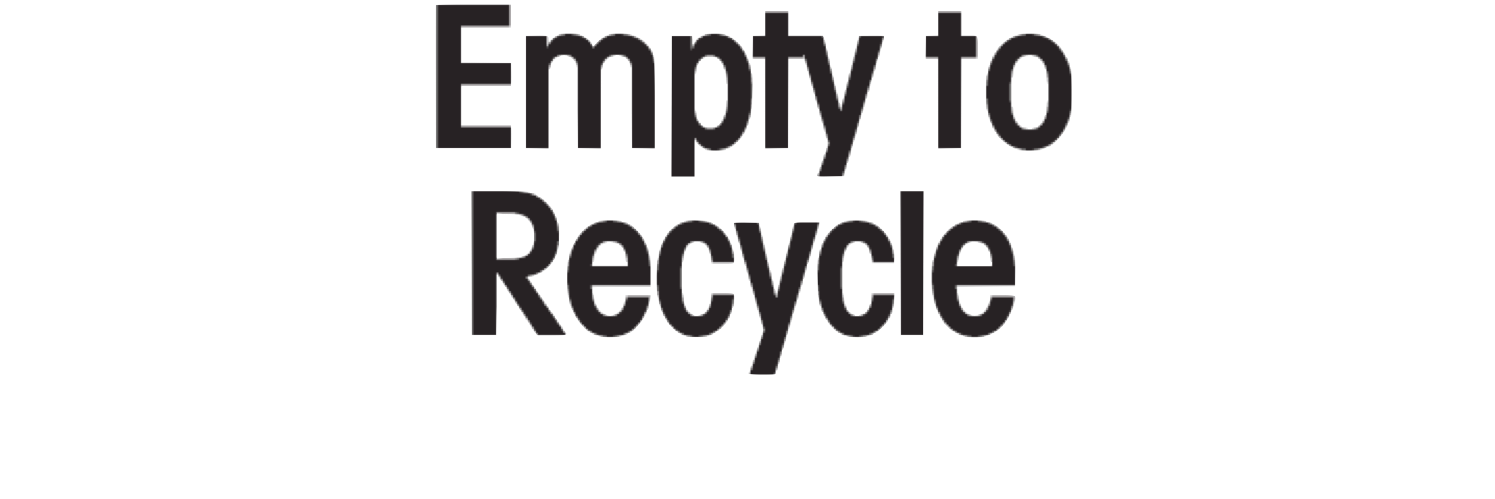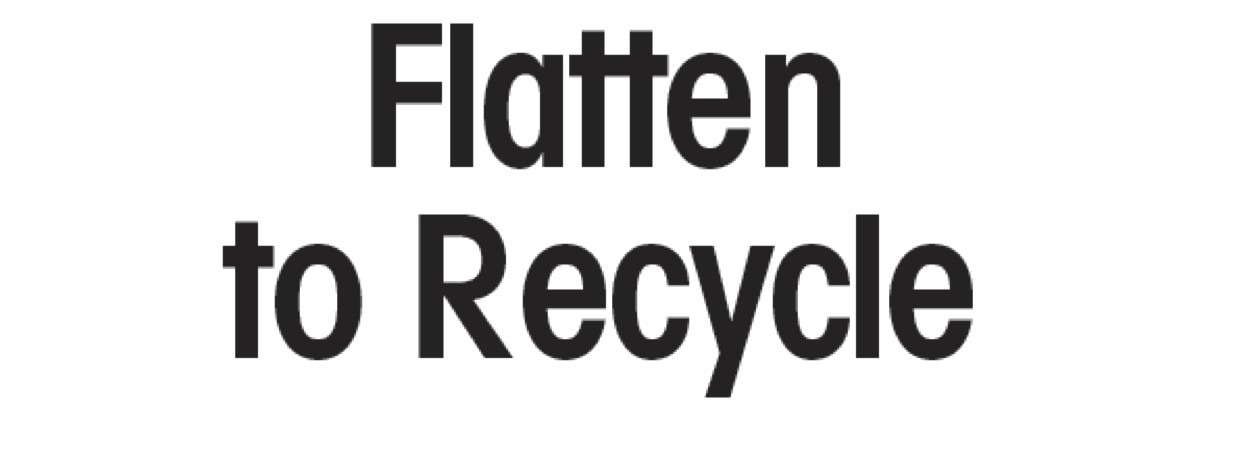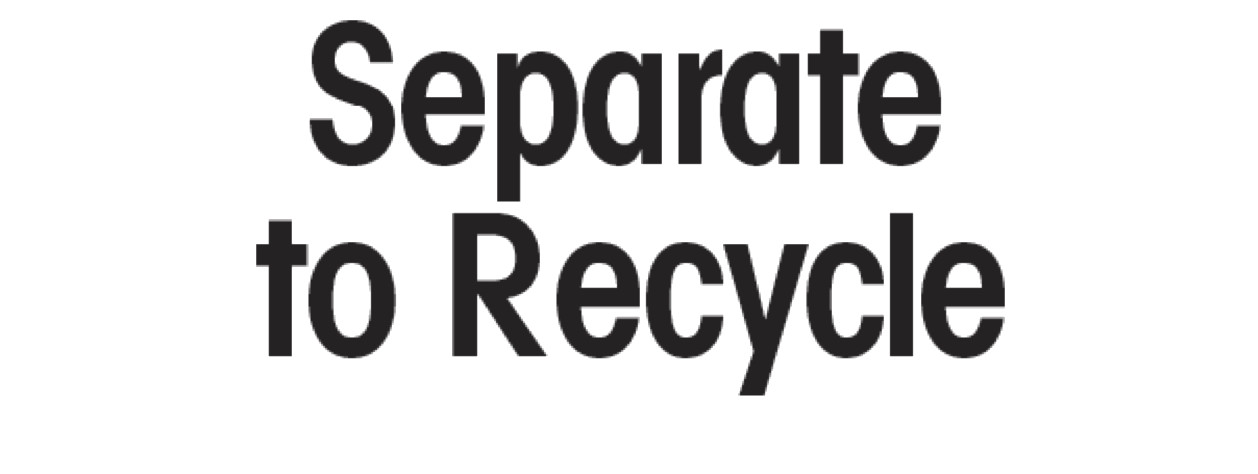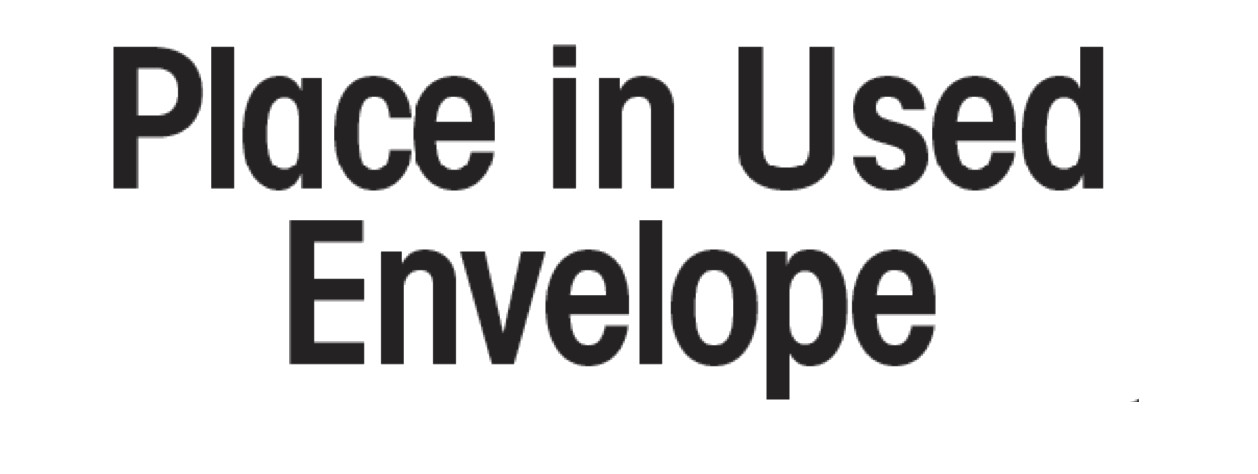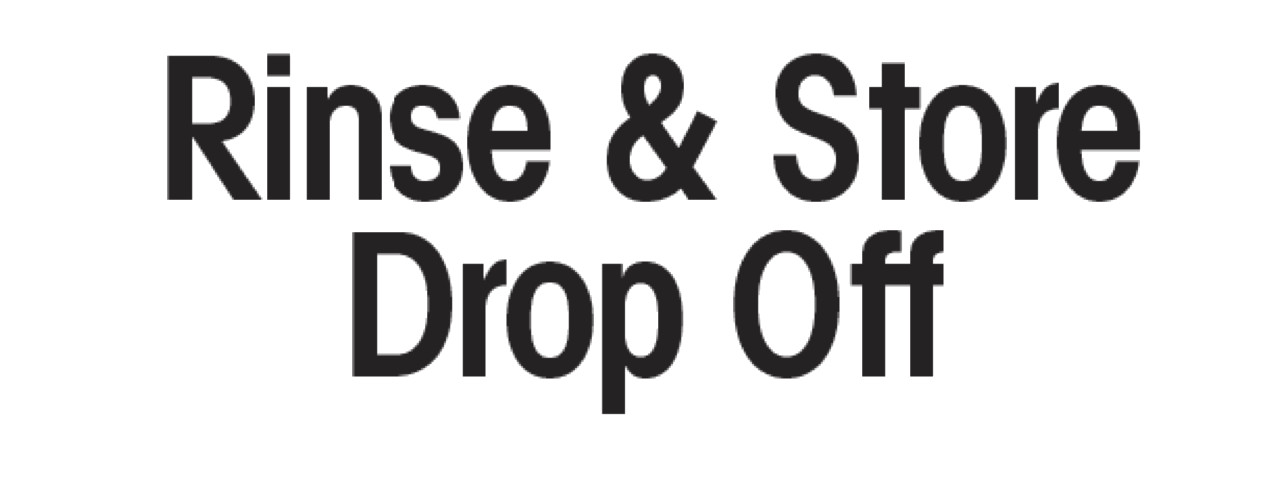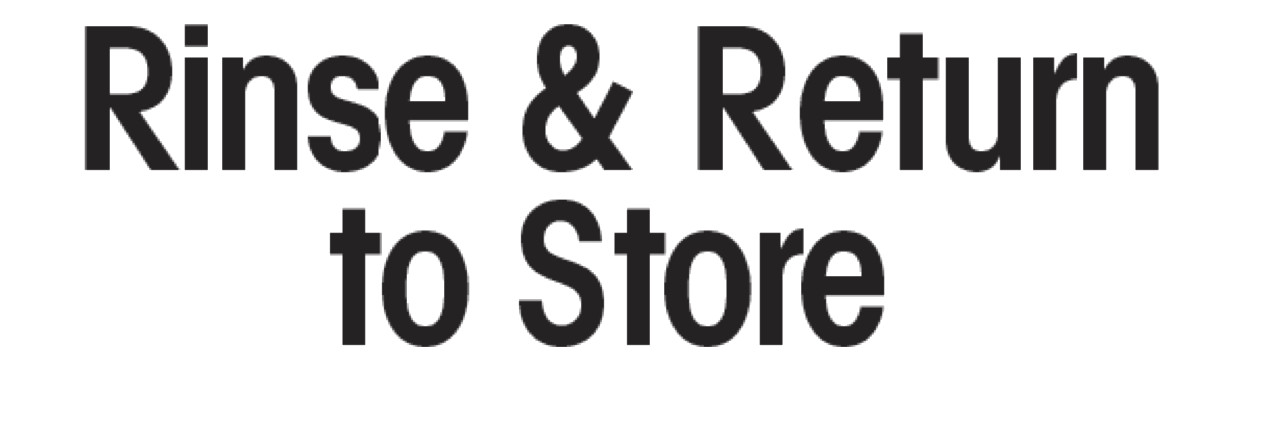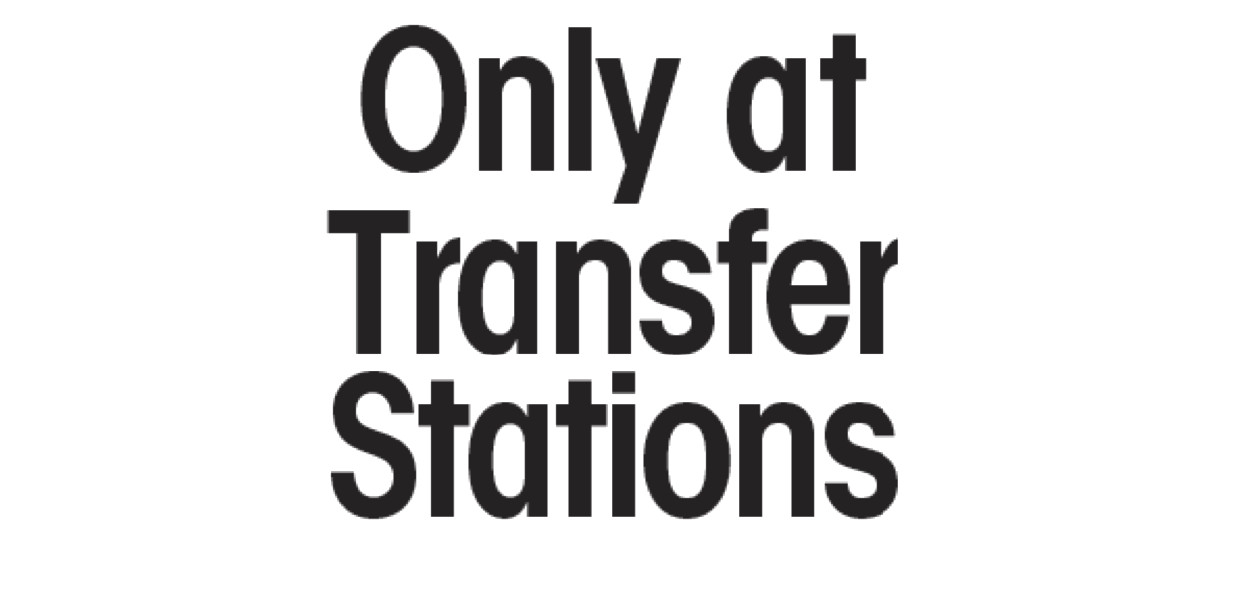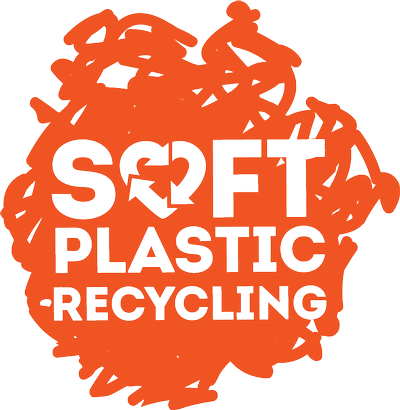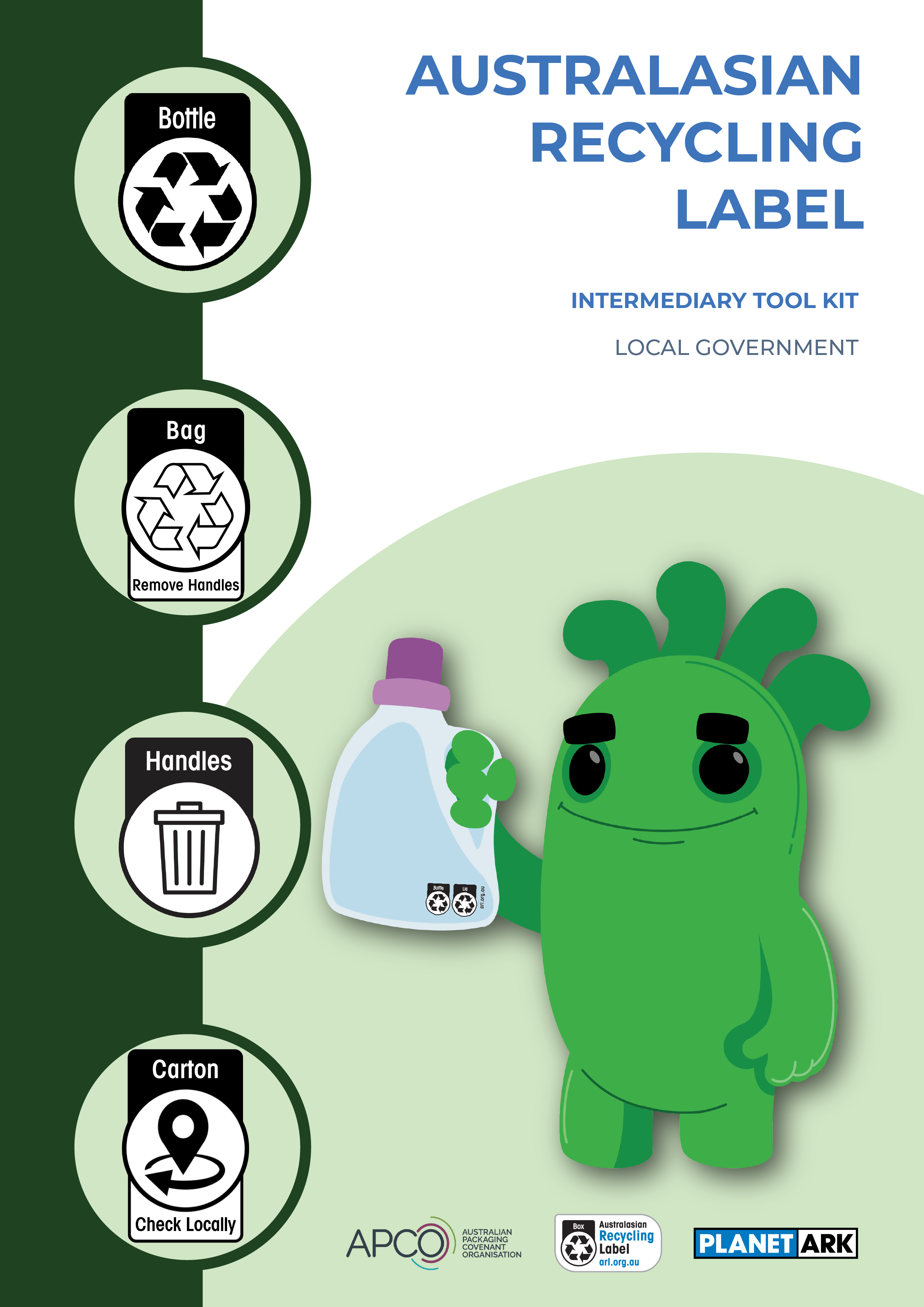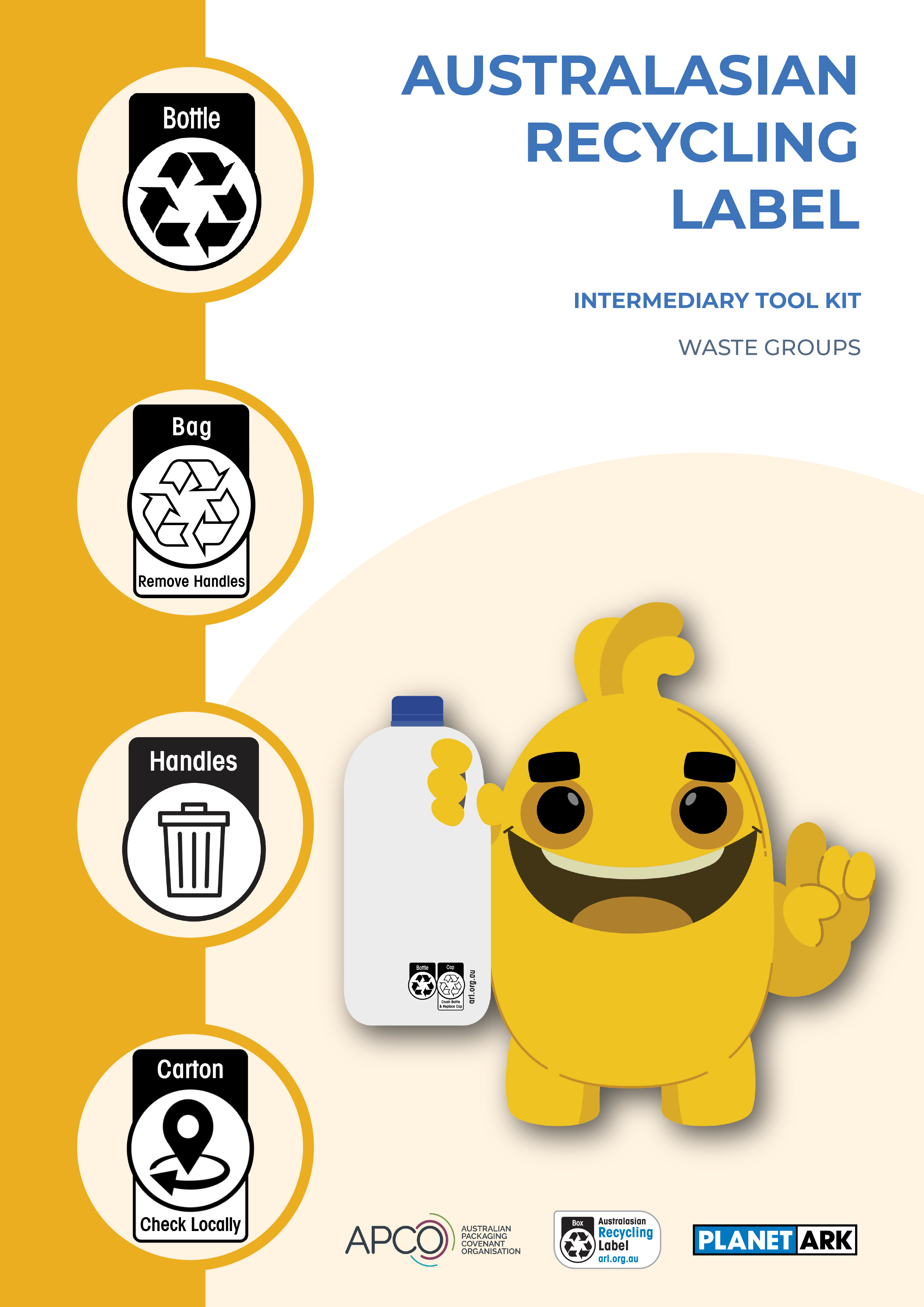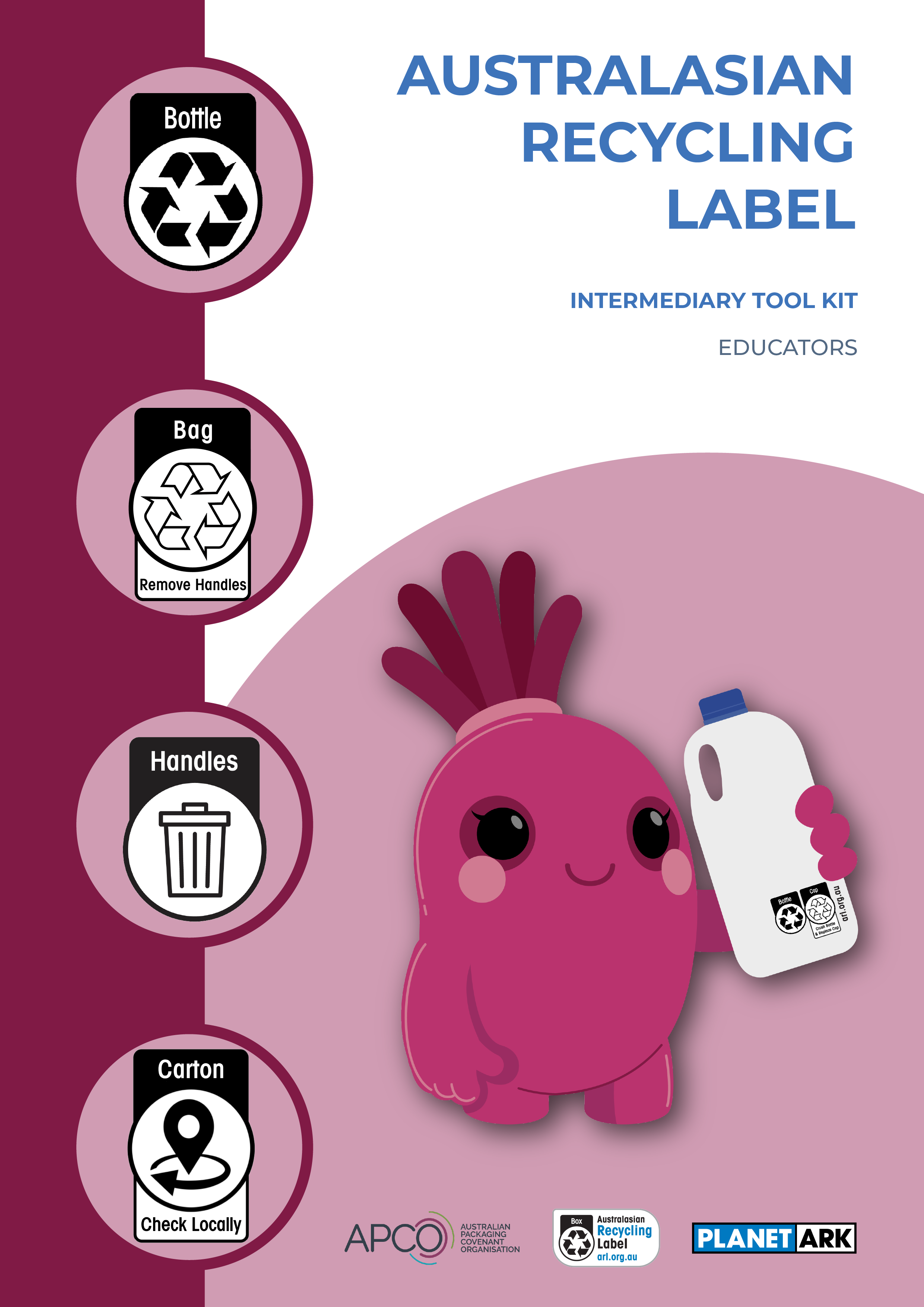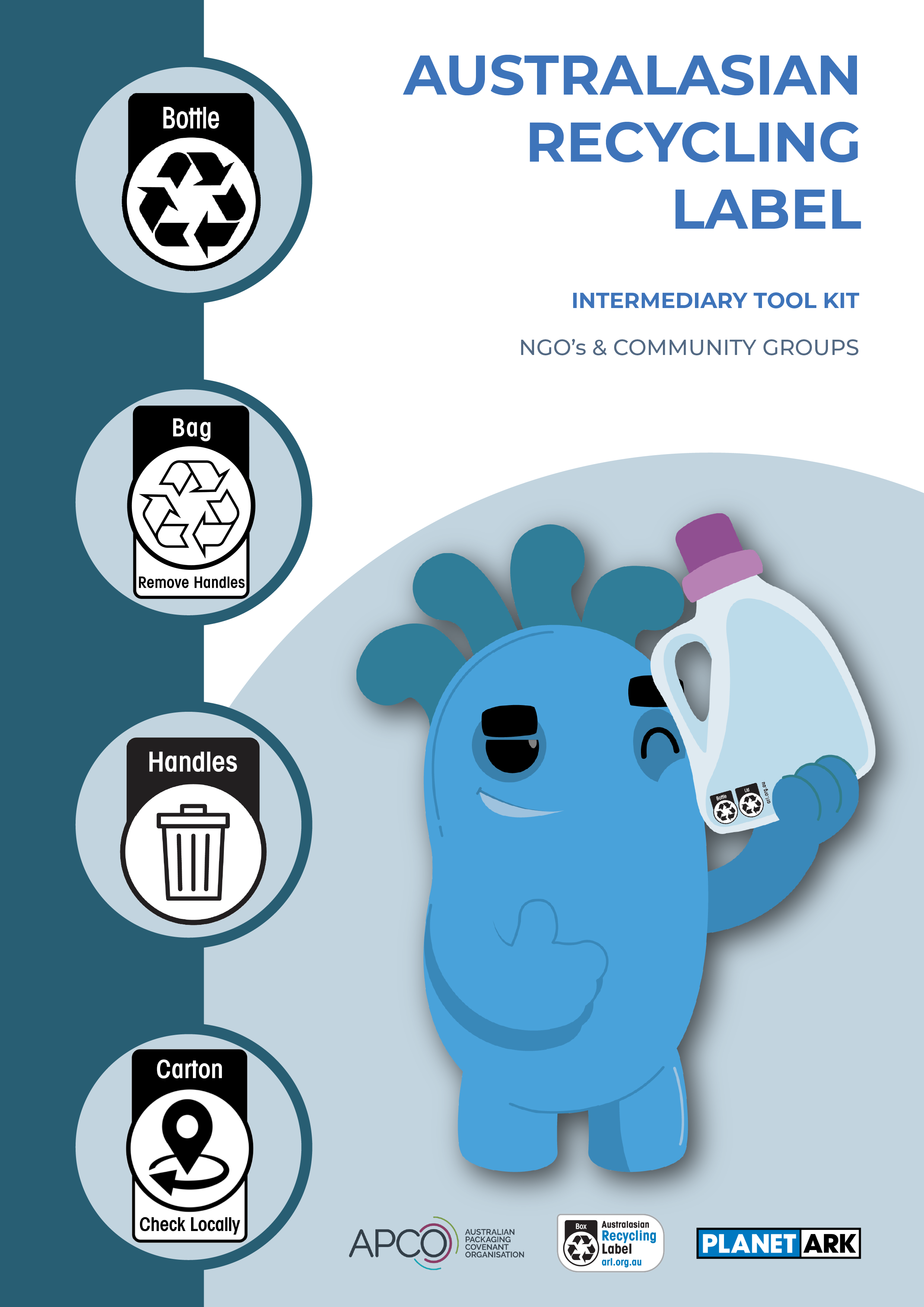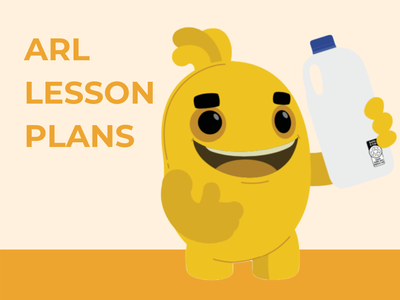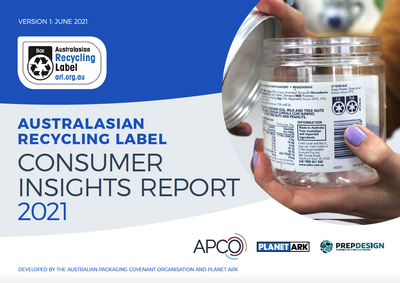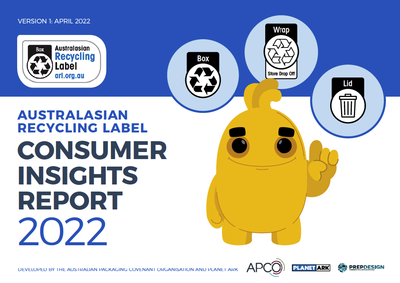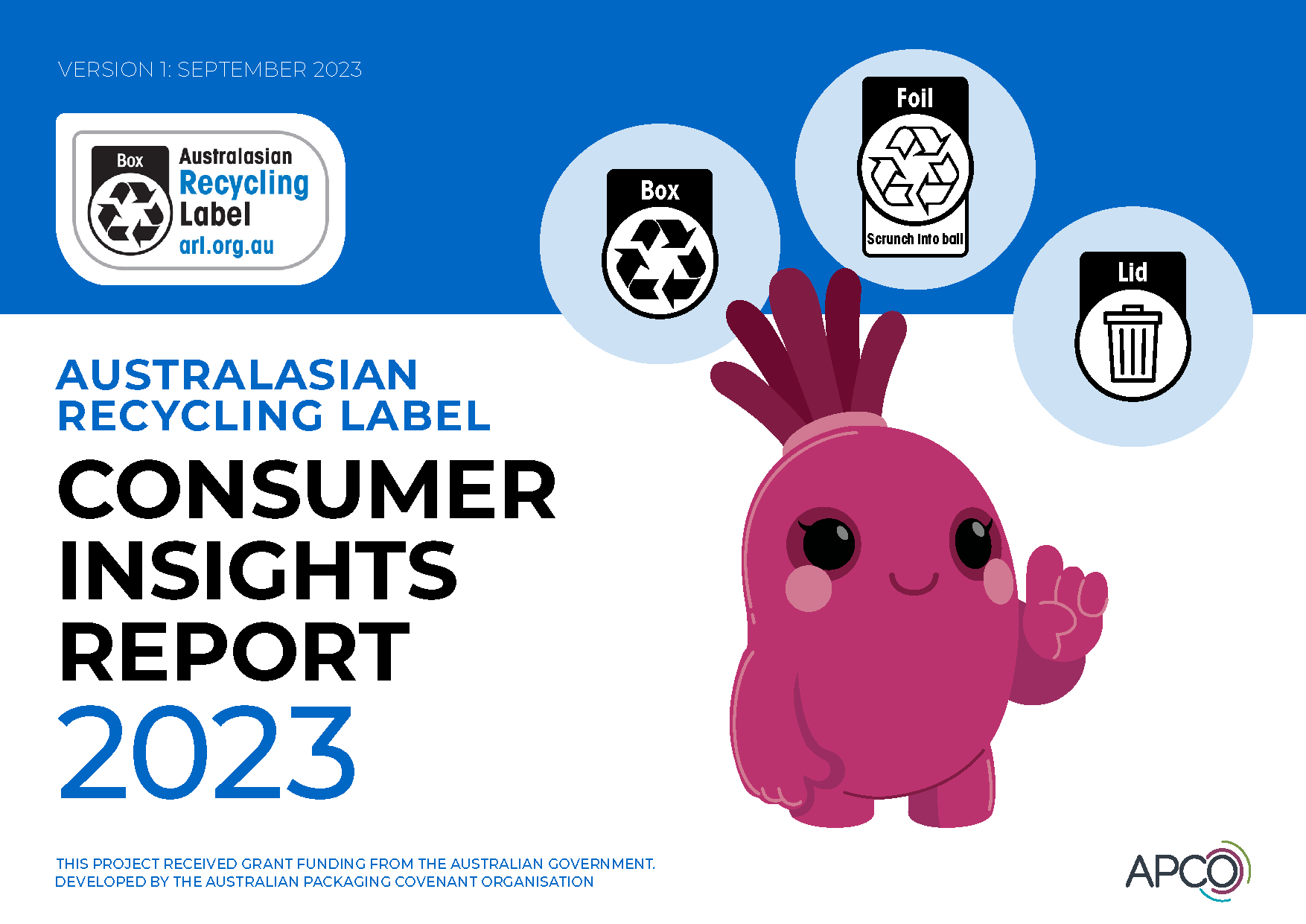Place small paper components in a used envelope before placing it in the recycling bin. By placing them in an envelope, small pieces of paper are able to be recovered and will not be blow away at recycling facilities.
Crush your bottle and replace the cap afterwards, before putting it in your recycling bin. This ensures that the bottle is empty of potential contaminants, the cap will not come off when compressed and the cap can be recovered and recycled. Please note, this instruction is applicable to kerbside collection only and your state or territory Container Deposit Scheme / Legislation instructions may be different.
Return your item to the soft plastics collection bins in New Zealand. In Australia, collections have been temporarily suspended, a taskforce, made up of major supermarket retailers ALDI, Coles and Woolworths, has been tasked with developing an interim solution to restore community access to soft plastic recycling following the suspension of the REDcycle program. An initial in-store collection pilot is anticipated to launch in select stores in late 2023.
Return your item to the soft plastics collection bins in New Zealand. In Australia, collections have been temporarily suspended, a taskforce, made up of major supermarket retailers ALDI, Coles and Woolworths, has been tasked with developing an interim solution to restore community access to soft plastic recycling following the suspension of the REDcycle program. An initial in-store collection pilot is anticipated to launch in select stores in late 2023.
There will be a change to labelling for soft plastic packaging in Australia. When referring to soft plastic packaging this label advises you to verify local disposal options using the ARL URL for drop-off, out-of-home, and kerbside collection services specific to your area. The 'Check Locally' ARL will be introduced in 2024.
Rinse and dry the packaging before returning it to the soft plastics collection bins in New Zealand. In Australia, collections have been temporarily suspended, a taskforce, made up of major supermarket retailers ALDI, Coles and Woolworths, has been tasked with developing an interim solution to restore community access to soft plastic recycling following the suspension of the REDcycle program. An initial in-store collection pilot is anticipated to launch in select stores in late 2023.
Rinse and dry the packaging before returning it to the soft plastics collection bins in New Zealand. In Australia, collections have been temporarily suspended, a taskforce, made up of major supermarket retailers ALDI, Coles and Woolworths, has been tasked with developing an interim solution to restore community access to soft plastic recycling following the suspension of the REDcycle program. An initial in-store collection pilot is anticipated to launch in select stores in late 2023.
Scrunch aluminium foil into a ball 5cm or more in diameter, about the size of a golf ball, and place in the recycling bin. You may need other pieces to form a big enough ball to ensure it can move through the sorting facilities. If too small, it will be screened incorrectly and rejected as waste.
Scrunch aluminium foil into a ball 5cm or more in diameter, about the size of a golf ball, and place in the recycling bin. You may need other pieces to form a big enough ball to ensure it can move through the sorting facilities. If too small, it will be screened incorrectly and rejected as waste.
Fold the packaging component before placing it in the recycling bin. This ensures it can then be sorted correctly at the material recovery facilities to the correct recycling stream.
Flatten the packaging before placing it in the recycling bin. You may see this on very rigid cardboard that may not readily crush in collection trucks. Ensuring cardboard is 2D when placed in the recycling bin will help it to move correctly through the material recovery facilities.
Leave that packaging component attached and place it in the recycling bin. Small or very flat plastic items can be screened into the incorrect recyclate stream and then rejected as waste. This instruction helps us to recover and recycle those materials that would otherwise be lost to landfill.
These instructions can be found on packaging items where an attachment is a different material to the main packaging item. For example, you may need to remove material handles from a paper bag before placing the bag in the recycling bin. If the component remains attached, it can cause too much contamination for either materials to be recycled.
Separate the two packaging components before placing both in the recycling bin. When separated, these packaging components can be sorted correctly and travel to the appropriate recycling stream.
Only at Transfer Stations: This instruction can be found on Expanded Polystyrene (EPS) packaging, that can only be recycled if taken to a transfer station. Check recyclingnearyou.com.au to find your closest one in Australia, or check with your local council in New Zealand.
Place small paper components in a used envelope before placing it in the recycling bin. By placing them in an envelope, small pieces of paper are able to be recovered and will not be blow away at recycling facilities.
Crush your bottle and replace the cap afterwards, before putting it in your recycling bin. This ensures that the bottle is empty of potential contaminants, the cap will not come off when compressed and the cap can be recovered and recycled. Please note, this instruction is applicable to kerbside collection only and your state or territory Container Deposit Scheme / Legislation instructions may be different.
Return your item to the soft plastics collection bins in New Zealand. In Australia, collections have been temporarily suspended, a taskforce, made up of major supermarket retailers ALDI, Coles and Woolworths, has been tasked with developing an interim solution to restore community access to soft plastic recycling following the suspension of the REDcycle program. An initial in-store collection pilot is anticipated to launch in select stores in late 2023.
Return your item to the soft plastics collection bins in New Zealand. In Australia, collections have been temporarily suspended, a taskforce, made up of major supermarket retailers ALDI, Coles and Woolworths, has been tasked with developing an interim solution to restore community access to soft plastic recycling following the suspension of the REDcycle program. An initial in-store collection pilot is anticipated to launch in select stores in late 2023.
There will be a change to labelling for soft plastic packaging in Australia. When referring to soft plastic packaging this label advises you to verify local disposal options using the ARL URL for drop-off, out-of-home, and kerbside collection services specific to your area. The 'Check Locally' ARL will be introduced in 2024.
Rinse and dry the packaging before returning it to the soft plastics collection bins in New Zealand. In Australia, collections have been temporarily suspended, a taskforce, made up of major supermarket retailers ALDI, Coles and Woolworths, has been tasked with developing an interim solution to restore community access to soft plastic recycling following the suspension of the REDcycle program. An initial in-store collection pilot is anticipated to launch in select stores in late 2023.
Rinse and dry the packaging before returning it to the soft plastics collection bins in New Zealand. In Australia, collections have been temporarily suspended, a taskforce, made up of major supermarket retailers ALDI, Coles and Woolworths, has been tasked with developing an interim solution to restore community access to soft plastic recycling following the suspension of the REDcycle program. An initial in-store collection pilot is anticipated to launch in select stores in late 2023.
Scrunch aluminium foil into a ball 5cm or more in diameter, about the size of a golf ball, and place in the recycling bin. You may need other pieces to form a big enough ball to ensure it can move through the sorting facilities. If too small, it will be screened incorrectly and rejected as waste.
Scrunch aluminium foil into a ball 5cm or more in diameter, about the size of a golf ball, and place in the recycling bin. You may need other pieces to form a big enough ball to ensure it can move through the sorting facilities. If too small, it will be screened incorrectly and rejected as waste.
Fold the packaging component before placing it in the recycling bin. This ensures it can then be sorted correctly at the material recovery facilities to the correct recycling stream.
Flatten the packaging before placing it in the recycling bin. You may see this on very rigid cardboard that may not readily crush in collection trucks. Ensuring cardboard is 2D when placed in the recycling bin will help it to move correctly through the material recovery facilities.
Leave that packaging component attached and place it in the recycling bin. Small or very flat plastic items can be screened into the incorrect recyclate stream and then rejected as waste. This instruction helps us to recover and recycle those materials that would otherwise be lost to landfill.
These instructions can be found on packaging items where an attachment is a different material to the main packaging item. For example, you may need to remove material handles from a paper bag before placing the bag in the recycling bin. If the component remains attached, it can cause too much contamination for either materials to be recycled.
Separate the two packaging components before placing both in the recycling bin. When separated, these packaging components can be sorted correctly and travel to the appropriate recycling stream.
Only at Transfer Stations: This instruction can be found on Expanded Polystyrene (EPS) packaging, that can only be recycled if taken to a transfer station. Check recyclingnearyou.com.au to find your closest one in Australia, or check with your local council in New Zealand.
Place small paper components in a used envelope before placing it in the recycling bin. By placing them in an envelope, small pieces of paper are able to be recovered and will not be blow away at recycling facilities.
Crush your bottle and replace the cap afterwards, before putting it in your recycling bin. This ensures that the bottle is empty of potential contaminants, the cap will not come off when compressed and the cap can be recovered and recycled. Please note, this instruction is applicable to kerbside collection only and your state or territory Container Deposit Scheme / Legislation instructions may be different.
